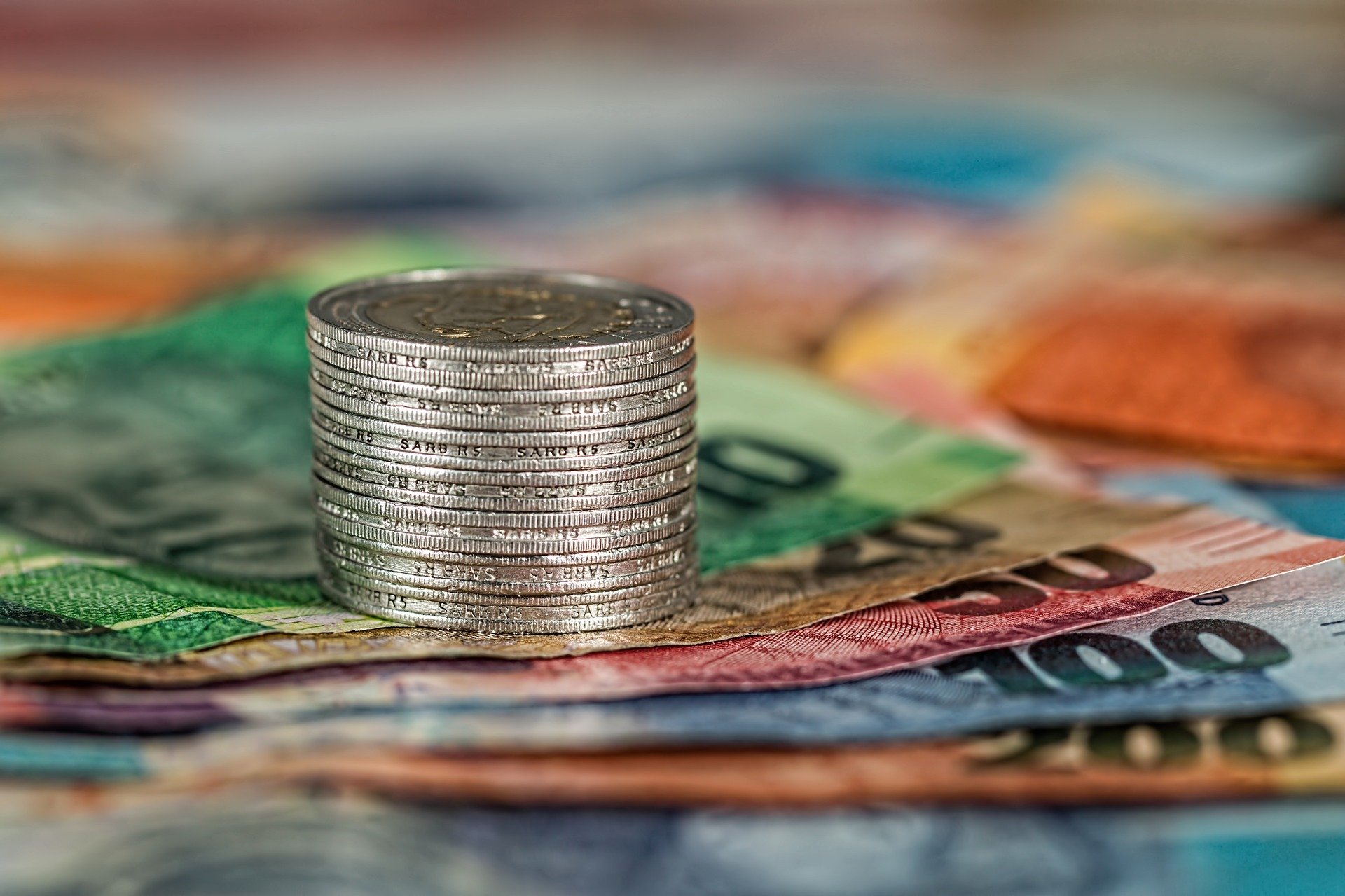The US government provided the biggest financial stimulus in American history by introducing the CARES Act in March 2020 to provide maximum and direct financial support to businesses, non-profits, and individuals as the Covid19 battered the economy and spurred business closures and job losses at an unprecedented scale. Since the CARES act was an emergency response to the economic damage caused by the pandemic, the government took a calibrated approach instead of providing blanket cover in the long term to take care of the ever-changing situation. The cautious approach of developing short-term programs allowed the government to make necessary alterations later instead of backtracking on its promises feels William D King.
This article addresses the Economic Injury Disaster Loan (EIDL), which got a second lease of life when the President signed the Consolidated Appropriations ACT 2021 in December 2020 to continue with some selected programs even after its closure as per provisions of the CARES Act.
Economic Injury Disaster Loan, explained by William D King
Although SBA loans primarily address the needs of small businesses the disaster loans like the Economic Injury Disaster Loan (EIDL) are a type of Federal assistance for rebuilding and repairing the private sector, non-farm disaster losses. The EIDL program can provide financial aid up to $2 million, but the actual loan amount depends on the extent of economic injury. The program is applicable for small businesses or private, not-for-profit organizations that suffer significant economic injury due to the declared disaster (COVID-19 pandemic) despite the applicant not suffering physical damages.
Financial assistance helps to meet the applicant’s financial obligations who face adverse financial consequences due to the disaster. Besides providing relief from the economic injury caused directly by the disaster, financial assistance goes a long way to maintain a reasonable position for the working capital during the period of the disaster.
Uses of the loan
According to William D King, the loan recipient must use the loan as working capital to meet the operational expenses by making regular payments like mortgage/ rent, payroll, utilities, paying the business debt incurred at any time even before the disaster, current debts, and debts for future and other business-related ordinary expenses.
As the COVID-19 pandemic keeps stretching even after successful vaccination campaigns, the government felt the need to modify the financial support by changing the CARES Act through new law enactment. As a result, the initial maximum loan amount of $2 million mentioned in the CARES Act now stands revised at $5,00,000 from October 8, 2021.
Loan term, interest, fees
The maximum loan term for EIDL is 30 years with a fixed interest rate of 3.75% for businesses, and for non-profit organizations, it is 2.75%. Payment deferment is applicable for the first 2 years, but interest accrues, and for the remaining 28 years, you must pay the principal and interest. Pre-payment of a loan does not attract any penalty.
No fees are payable for loans up to $25,000, a one-time fee of $100 is payable for loans more than $25,000, and for loans more than $5,00,000, the fees are $100 but together with real estate collateral. A personal guaranty is necessary for loans of more than $2,00,000.
